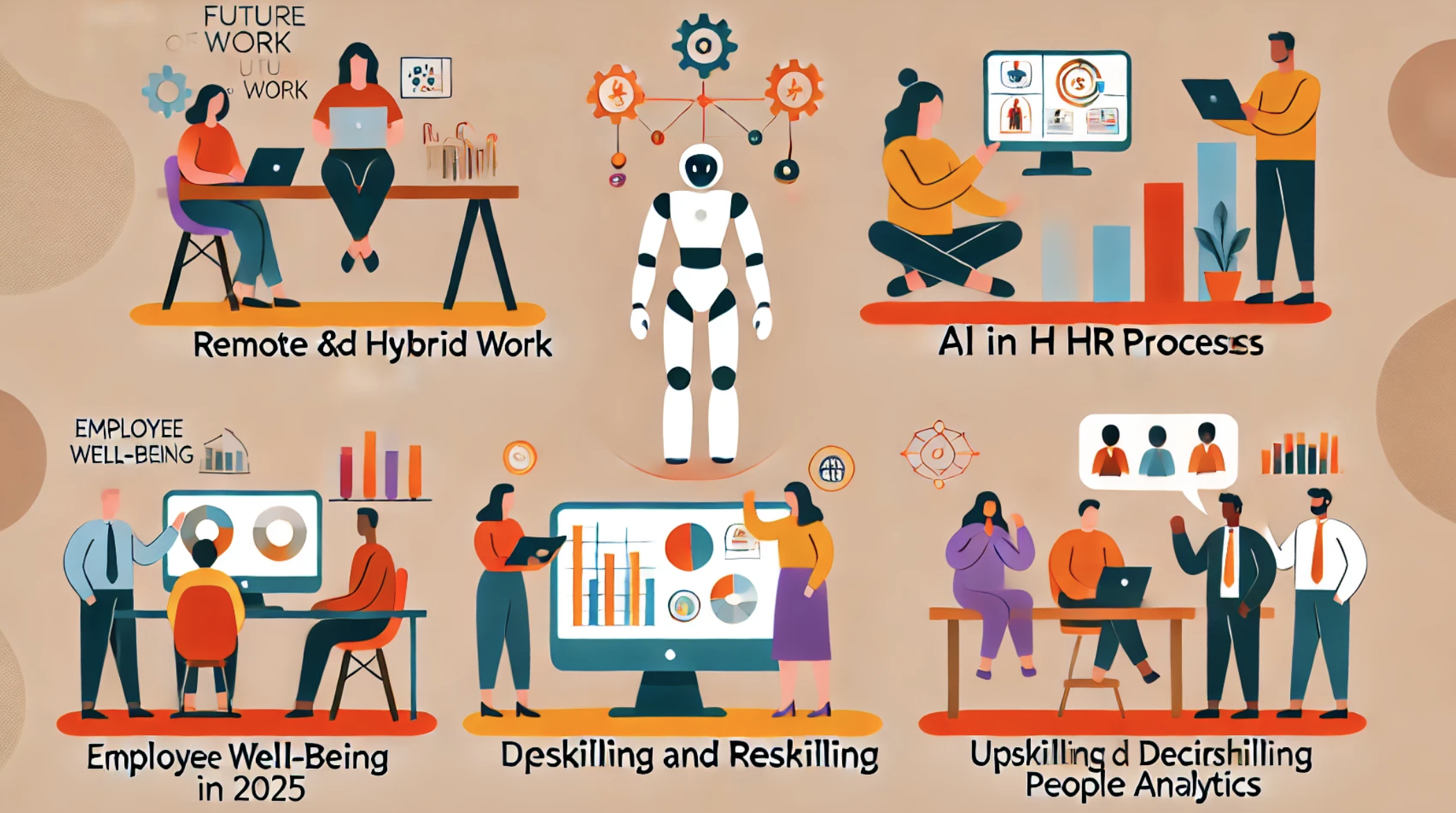 People Analytics
People Analytics
 People Analytics
People Analytics
 People Analytics
People Analytics
 People Analytics
People Analytics
 People Analytics
People Analytics
 People Analytics
People Analytics
 People Analytics
People Analytics
 People Analytics
People Analytics
 People Analytics
People Analytics
 People Analytics
People Analytics





 扫一扫
添加客服
扫一扫
添加客服




